In collaboration with Convergence, VOICE OF ASIA is proud to present timeless articles from the archives, reproduced digitally for your reading pleasure. Originally published in Convergence Volume 15 in 2012, we present this story on the Beatles and the timelessness of Beatlemania.
John Lennon. Paul McCartney. George Harrison. Ringo Starr. It has been 50 years since The Beatles burst onto the scene, wanting to ‘Hold Your Hand’, with a ‘Ticket to Ride’ to ‘Twist and Shout’. Their music has graced countless record shelves and the cinema screen and provided the soundtrack to millions of lives. They have influenced artists, fashion and are the blueprint of music success, evolving their style and sound to remain the ultimate pop-rock band in music history. It may be 50 years but there is a more important, smaller number – 4. The Fab Four.
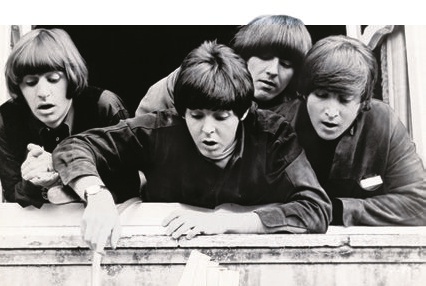
The Dynamic Duo
On a sunny afternoon in 1957, at a church fete in Liverpool, John Lennon met Paul McCartney. Those two names seem so synonymous side by side that it seems impossible to think at one time they were strangers. The 15 year old front-man Lennon had just finished a set with his band The Quarrymen, and Mccartney was introduced by a friend to him. They were in awe of each other’s talent, and although Lennon mulled over whether paul would be a challenge to his leadership, he cast this aside and invited McCartney to join the band. Soon, the rest of the world would be in awe of their talent too.
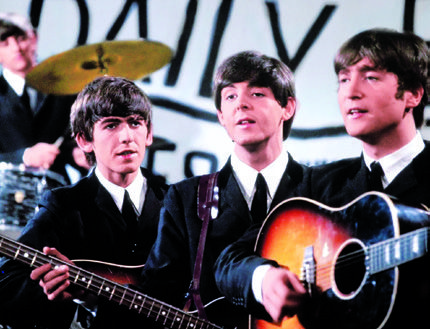
Love Me Don’t
Well, not quite the entire world would be enchanted. Existing band members fell by the wayside. And, soon they added a persistent George Harrison to the mix – a boy paul knew from bus journeys to school and drummer pete Best in 1961. They had undergone not only a personnel change but a name change too, ditching their ‘Quarrymen’ sobriquet for a name that paid tribute to Buddy Holly and the crickets and would eventually be the name on everyone’s lips. They were now ‘The Beatles’.
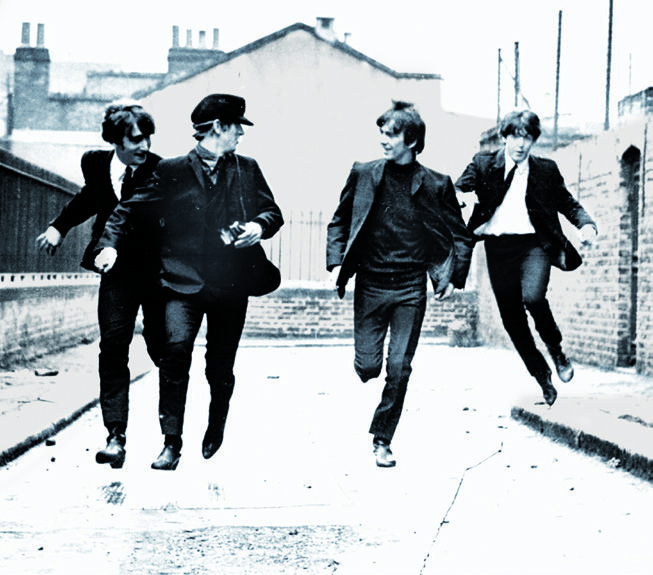
Prior to their audition, Lennon later admitted, they were “terrified and nervous”. Despite the queasy feeling they felt prior to playing live shows it would be record-company executives who would later feel nauseous. In 1961 Decca records made the biggest mistake in music history – they rejected The Beatles. Having auditioned for over an hour, the band was turned down, after being told the now famous and laughable rejection line “guitar groups are on the way out” and “the Beatles have no future in show business.” How spectacularly wrong they would prove to be.
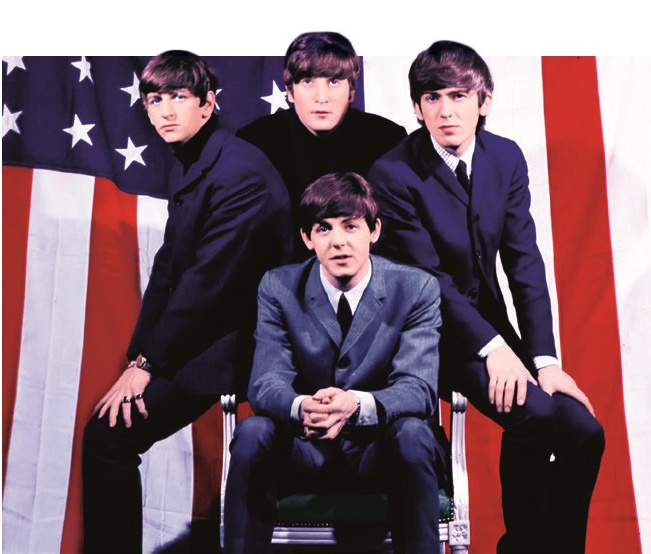
Come Together
Having first witnessed the band perform in the now-iconic Hamburg club ‘The cavern’, Brian Epstein – the group’s manager, worked tirelessly to get the Beatles signed. He convinced record producer George Martin to give them a contract with EMI’s sister company parlophone. Martin was affectionately dubbed ‘The Fifth Beatle’ due to his extensive involvement on the Beatles’ early albums.
Lennon and Mccartney had started writing songs together, on their way to becoming the most acclaimed writing tandem in music, but The Beatles’ first recording session gave rise to a pressing matter – they needed a ‘better’ drummer. Best departed and Ringo Starr was brought in from the band Rory Storm and the Hurricanes. The final line-up was complete, and with floppy hair and exuding edgy cool, the ‘Fab Four’ was formed and soon, the globe would love them yeah, yeah, yeah.
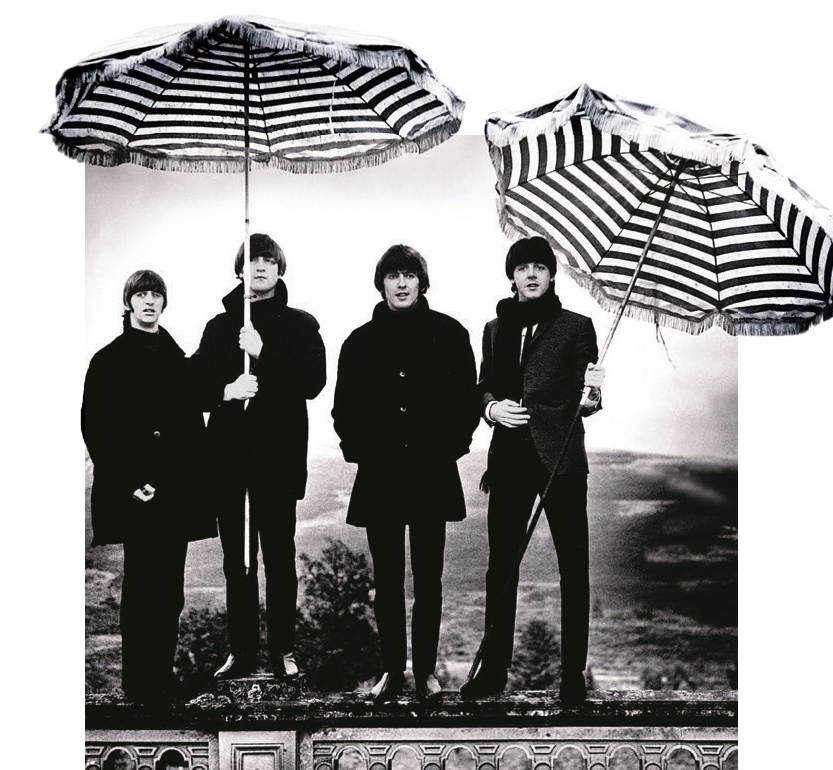
Not So Lonely Hearts Club – The Women of the Beatles
“All you need is Love” the Beatles once sang, and aside from being a common lyrical theme, the story of the Beatles’ love affairs is just as enthralling as the meteoric rise of the band itself. Arguably the most famous love story was between John Lennon and Yoko Ono. The Beatles 17th and final single was, ironically ‘The Ballad of John and Yoko’ – a coincidence in the fact that some feel this romance led to the demise of the band.

John and Yoko were kindred spirits, and though beginning a relationship with what can only kindly be described as an ‘overlap’ with his marriage to Cynthia, their shared spirituality and creativity soared. Famed for their iconic ‘Bed-ins for peace’ in Amsterdam and Montreal, the couple were compatible in their non-violent way of protesting wars and promoting peace, penning many songs and albums together and sharing a deep love that endured until Lennon’s death.

Musical collaboration was strong in McCartney’s marriage too. After meeting Paul on an assignment to photograph the ‘Swinging Sixties’ musicians, Linda Clubstole his heart and the pair married just months later. Upon the breakup of The Beatles, Linda Mccartney became an integral part of ‘Wings’, the band that she and Paul put together. She introduced Paul to another crusade – not for peace, but animal rights and vegetarianism.

Rather than have to find out who he can trust once famous, Ringo Starr found love with his pre-fame sweetheart Maureen Cox, whom he met in The Beatles’ early days at the cavern in Hamburg when he was a budding drummer and she was a trainee hairdresser in Liverpool.
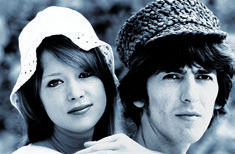
How any of the Beatles chose from the legion of swooning females is anyone’s guess, but during his Beatles years, George Harrison chose an absolute peach of a girl in the beautiful model pattie Boyd. rather than courting publicity, their relationship was more private, though she later said it was a wild journey from the clean cut ‘Hard Day’s night’ days to the time Harrison spent with his fellow Beatles in india meditating. Indian gurus may have provided the Beatles ‘peace’ but it was definitely their women that evoked the ‘love.’
Day-Trippers
The pressure was on to produce a record, which they did with Please Please Me, and then went on to break into the American market with a British invasion. Few can forget seeing those black and white images of the floppy-hair foursome arriving at JFK airport and then performing live on the Ed Sullivan Show, greeted by screaming crowds. In the mass hysteria, fans passed-out from excitement and were overwhelmed and overly loud. The sharp black suits and the charming smiles blended with audacious quotes such as the band being ‘bigger than Jesus’ from John Lennon. Beatlemania had truly erupted, and it was here to stay.
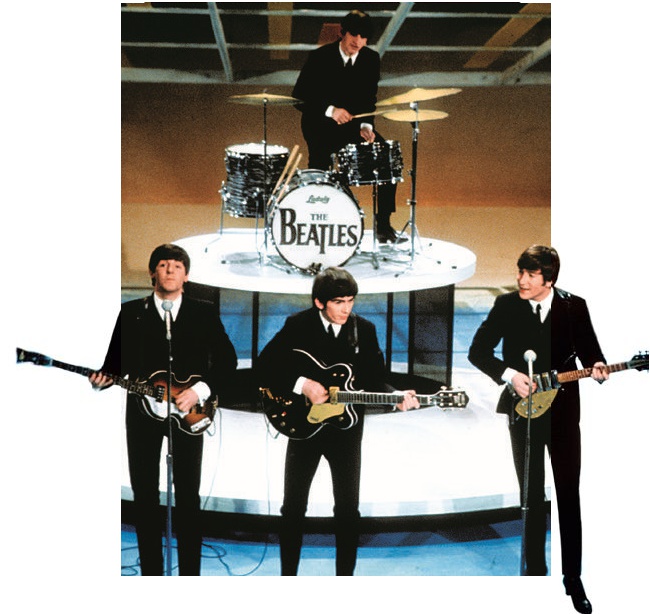
No More Tours
Perhaps the only four people in the world not to have heard the Beatles play in the 1960’s were, ironically, The Beatles themselves. There was a distinct reason that the heart-throbs ceased live-touring. The screaming fans were so loud that they could not even hear themselves playing. In fact, the band would stop strumming halfway through the gig to see if anyone would notice. no-one did. The piercing screams of female adoration were just too loud.
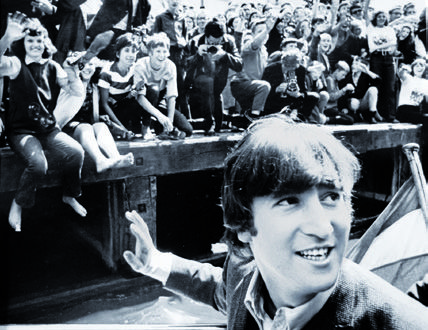
The ‘front three’ John, paul, and George would be on stage playing one song and because ringo couldn’t hear what was being played, he would be in the back drumming a totally different song. Again, like an unstoppable runaway train, the screaming continued, relentless. parents would even offer sick children to be touched and ‘healed’ by the band. However, soon the enthusiasm, joy and adrenaline of performing live waned. The Beatles retreated into the studio, concentrating on the music rather than touring. This may have disappointed many, but in hindsight, it was the time their legacy truly blossomed.
Hello, Goodbye – The Myth of McCartney
In 1966, Paul McCartney fascinatingly ‘died’. The wild urban myth began when a movement claimed that the Beatle suffered a tragic accident, and that a stand-in – Billy Shears (mentioned, and ‘introduced’ in the Sgt. Pepper song lyrics) – was drafted in to cover his absence. Conspiracy theorists delved into lyrics, album covers and the symbolism of clothing – none more so than the cover of the iconic Abbey Road where Paul is the only one barefoot, which is how certain cultures bury people, and he is also out of step with the other band members. The Beatles are shown walking in a specific order. John is dressed in white, as a religious person would be, drummer ringo is dressed as an undertaker due to his black suit, George, in old jeans, is a gravedigger and finally Paul, shabby suited and barefoot, resembles a corpse. The cover of Abbey Road is seen as a ‘funeral procession’ to fit into the theory.
There was much more evidence, such as the tail end of Strawberry Fields Forever, when John uttered “Cranberry Sauce”… but it was interpreted as “I buried Iaul”, and a lable that McCartney wore on his sleeve of the front of Sgt. Pepper’s Lonely Hearts Club album, which read ‘OPD’. Did it mean ‘Ontario Police Department’ or ‘Officially Pronounced Dead’?!
Whether or not the theory was to be believed, the ‘Paul is Dead’ movement only highlighted the intense and obsessive scrutiny the band were under, as the eyes of the world followed their every movement with intense focus. Sir Paul McCartney, a 66 year-old knighted solo artist, is of course very much alive and kicking… or a very dedicated stand-in.
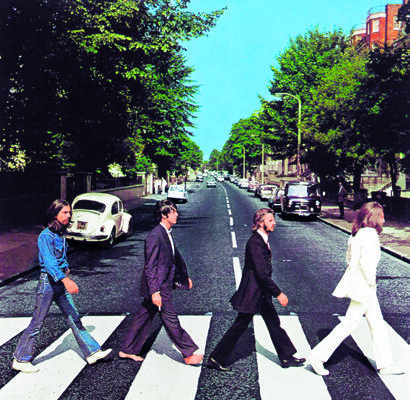
Music Revolution
The epic revolver album introduced their ‘new sound’ in 1966, with the song Eleanor rigby encapsulating this departure of mood. This was followed by the stunning Sgt pepper’s Lonely Hearts club Band album in 1967. This record gave them a chance to ‘be’ the Hearts club band, in full regalia on the cover of an album that is intended to be heard sequentially from start to finish. in general the band loved the concept of taking on other personas, and it was this lack of pomposity combined with their humour and camaraderie that formed a strong part of their everyman appeal.
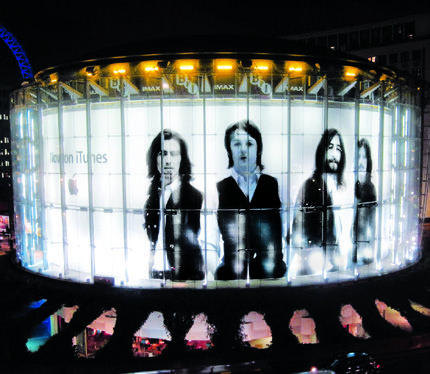
A Day in the Life – became one of the greatest pieces in music. While the lyrics takes on an imaginative journey, producer George Martin and Mccartney both conducted the orchestral ending, having them play from the lowest note on their instruments to the highest, with the final touch being a lingering piano crash.
Every spare piano in the recording studio was hauled down, and Lennon, Mccartney, ringo Starr, Martin and roadie Mal Evans all played the same E-major chord, as engineer Geoff Emerick turned up the faders to catch every last trace – a technique that had never before been used by any band. The sound captured was so intricate that you can hear Starr’s shoe squeak, in a climactic hum that hangs in the air for 53 wonderful seconds.
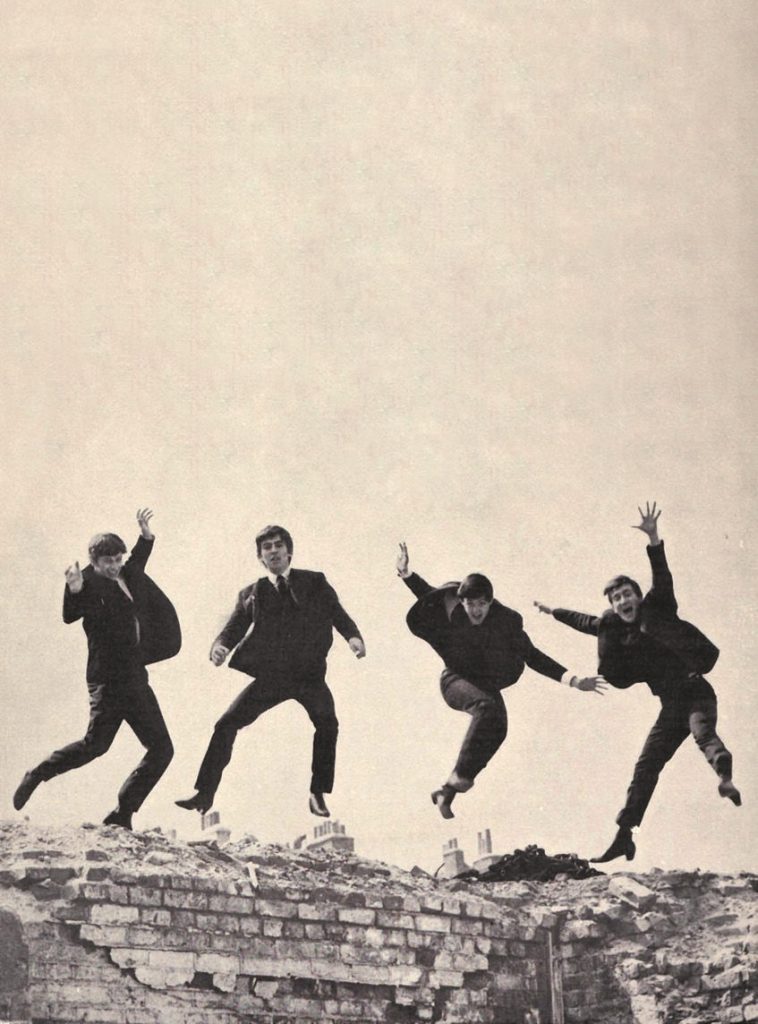
Magical Mystery Tour, White Album and Yellow Submarine followed, each perfectly crafted and packed with beautiful collaborations of amazing talent, not only confined to Lennon/McCartney but inclusive of Harrison and Starr too. Each of the albums has found its way onto various ‘Greatest Album’ lists, with the albums of Abbey Road and Let It Be, two more instant classics that cemented their amazing musical output.
Helter Skelter
All good things inevitably comes to an end…and so did the glorious reign of the Beatles. Though they evolved with the times – growing out their hair, dressing to fit the moods of the era, never missing a beat to satiate the musical hunger of the masses, the dark days arrived to rain on their parade.
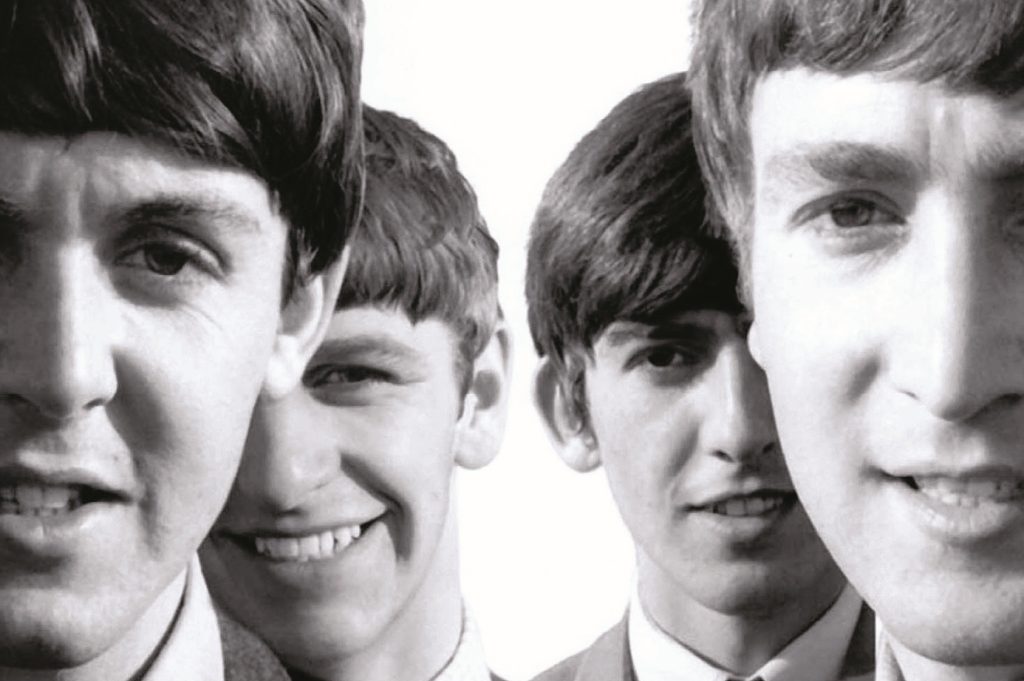
The Beatles were like a Supernova, that briefly outshines an entire galaxy with as much radiation energy as the Sun, their energy being their immense musical talent and boyish sex appeal. But the boys grew up, and a clash of egos began between their brightest novas – Lennon and McCartney. And, sadly, like the Supernova, the energy began to diminish quickly and the titans fell out.
The similarities between both entities don’t just end there. Supernovas play a significant role in enriching the interstellar medium with higher mass elements. The Beatles enriched our lives with the sheer joy of melody and lyrics that will never grow old, with memories of a brilliant era that will forever linger in our mind and hearts. Expanding shock waves from supernova explosions trigger the formation of new stars.
The legacy of the Beatles is, a tapestry of firsts that generations of musicians after them, tapped into. They were the trendsetters, the shockwave of change, the classy original boy band that spawned a generation of wannabees that never could quite come close, the uncanny ability to rock with the pulse of the world, and more importantly not having that special something which is everything – being original.
They were ordinary men, extraordinary musicians.
Sayonara, Supernova. Thank you for giving us your fire, your energy, your brilliance. Thank you for the music.



